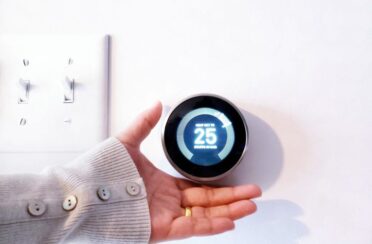As long as there are pollutants in the air outside, some of them will end up in the air inside your home. Dust, pollen, mold, and other particulates travel unseen through your doors and windows, reducing your indoor air quality. The following list describes some of the more common ways these air pollutants can get inside and what you can do to reduce their presence.
Open windows
Opening your windows increases ventilation, but it also allows air pollutants and particulates to enter your home. If you leave your windows open at night for cooling, you are likely to get significant amounts of pollen inside when pollen counts are highest in the morning. Dust and dirt can also come through windows, as can outdoor odors. This is especially true if you live near a road or any business or facility that generates odors. Reduce pollutants by opening your windows later in the day and making sure that they are closed during times when there are more pollutants outside.
Clothing
Pollen and other types of pollutants can easily get on your clothing and in your hair without you even noticing. When you go back in the house, they are dislodged when you take off coats or shoes, and even when you just move around. Before returning to your home, pause at the door to brush or shake your clothing to remove pollutants. Get in the habit of taking your shoes off when you enter and leaving them at the door.
Pets
Pet fur is also a place where pollen, dust, and other outdoor pollutants can easily attach. Pets love to play in leaves, grass, and other areas where particulates can be found. When you let them back in, they can release these pollutants by shaking or walking around. Take the time to brush your pets’ fur before they come back inside.
Arpi’s Industries Ltd. is the leader in professional HVAC sales, service, and maintenance in Calgary and the surrounding communities. Contact us today for more information on indoor air quality products and services.
Our goal is to help educate our customers in Calgary, Alberta about energy and home comfort issues (specific to HVAC systems). For more information about indoor air quality and other HVAC topics, download our free Home Comfort Guide.


